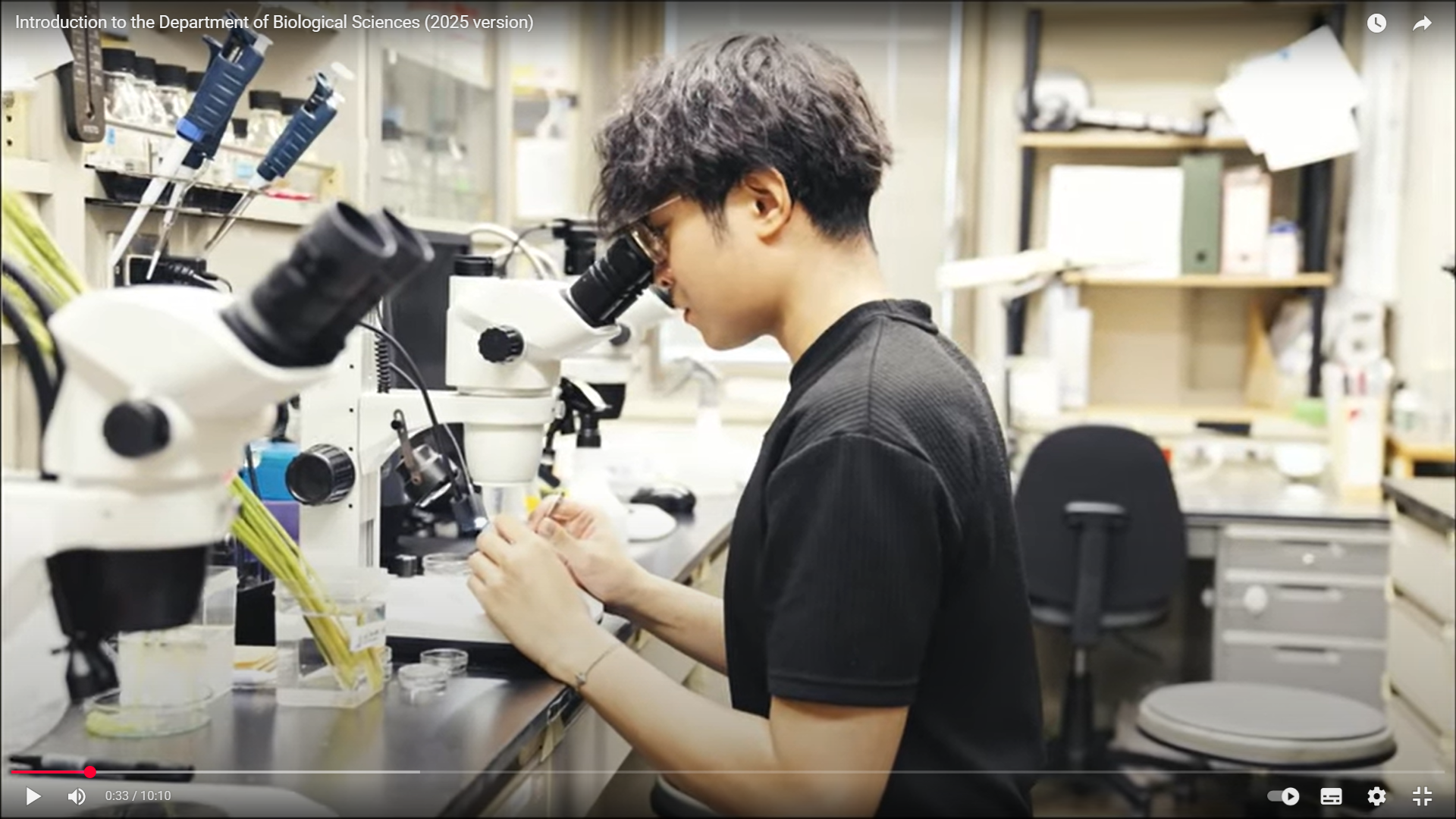Introduction to the Department of Biological Sciences
<2025>
<2022>
Related websites
Click here to visit the website of the Department of Biological Sciences.
Click here for the official website of the University of Tokyo.
Biology English Program, Tokyo Metropolitan University
1-1 Minami-osawa, Hachioji, Tokyo 192-0397
e-mail: bioeg@biol.se.tmu.ac.jp

